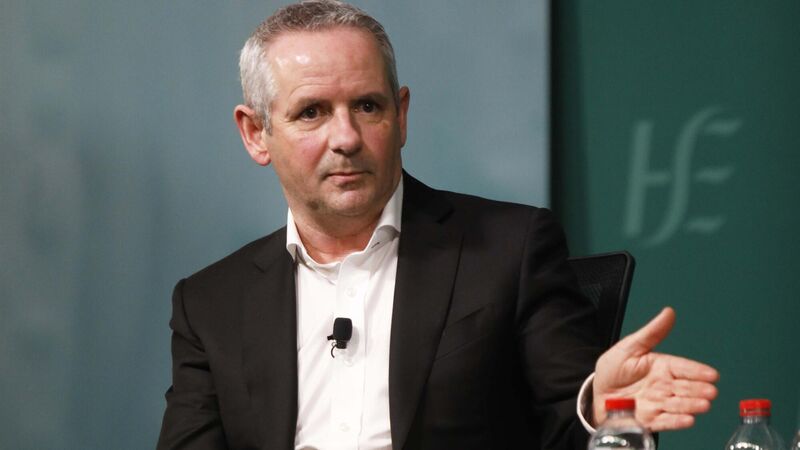HSE wasn't sought out for special treatment, it just happened to be a suitable target

HSE chief executive Paul Reid. The HSE has risen to the challenge of Covid-19; it will rise to the challenge of the cyberattack also. File picture: Leon Farrell
The cyberattack on the HSE has proven to be an unwelcome wake-up call for the entire country. But it should come as no surprise: The HSE has been warned before, most notably, as reported in this paper, by Bruce Schneier at the Web Summit in December 2020.
There is a saying, attributed to former FBI director Robert Mueller, that there are two types of companies, those that have been hacked and those that will be hacked. So, why was the HSE caught napping? And is it the HSE’s fault?













